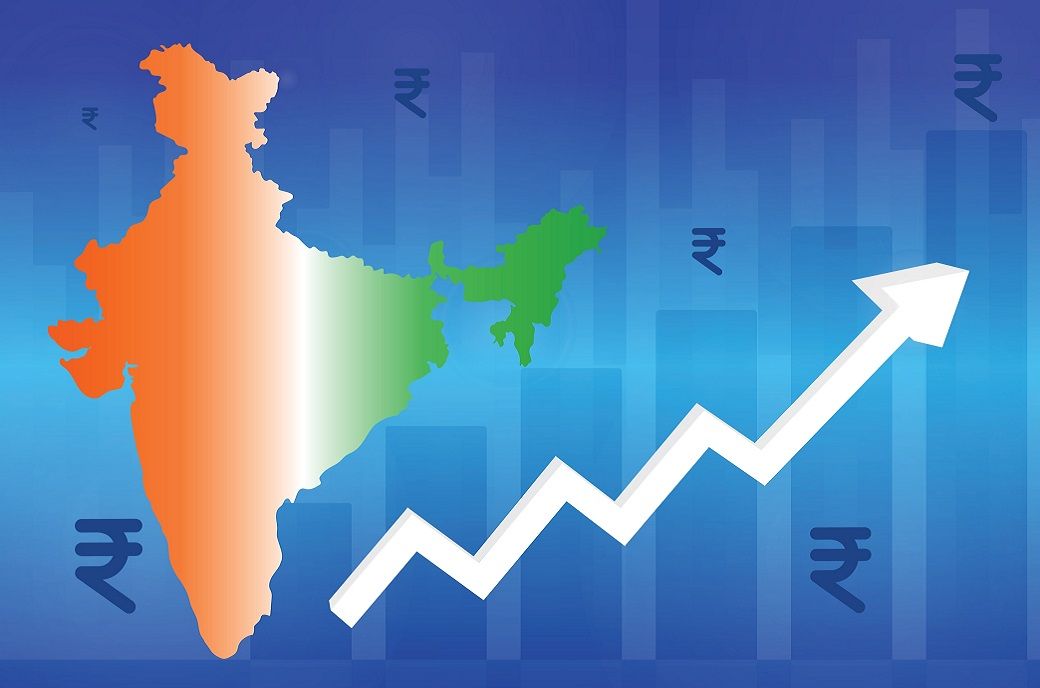
The impact of US reciprocal tariffs on Indian GDP could be range-bound, it observed.
Though India’s GDP growth of 6.2 per cent till the third quarter (Q3) of FY25 may raise eyebrows, especially compared to the sharp 9.2-per cent and 7.6-per cent growth seen in the past two years, this is not a sign of slowdown, but probably a reset before a rebound, according to Deloitte.
Temporary headwinds like election-led policy caution and irregular rainfall in the first half, and global trade uncertainties since September 2024 muted momentum in the first three quarters of FY25, it noted.
The shadow of a high base is making this year’s growth look smaller than it truly is. But high-frequency indicators such as goods and service tax (GST) collections, auto sales and fast moving consumer goods (FMCG) growth are bouncing back, pointing to a strong domestic engine still humming underneath, Deloitte said in a note.
The government is expected to boost spending through direct tax exemptions announced earlier, giving consumers more in hand and businesses a reason to invest. This could add 0.6-0.7 per cent to GDP growth in FY26.
If a US-India bilateral trade agreement comes through, it could flip trade headwinds into tailwinds, opening up market access and energising exports. But if global volatility persists, a drag of 0.1 per cent to 0.3 per cent may be seen, Deloitte added.
ALCHEMPro News Desk (DS)
Receive daily prices and market insights straight to your inbox. Subscribe to AlchemPro Weekly!